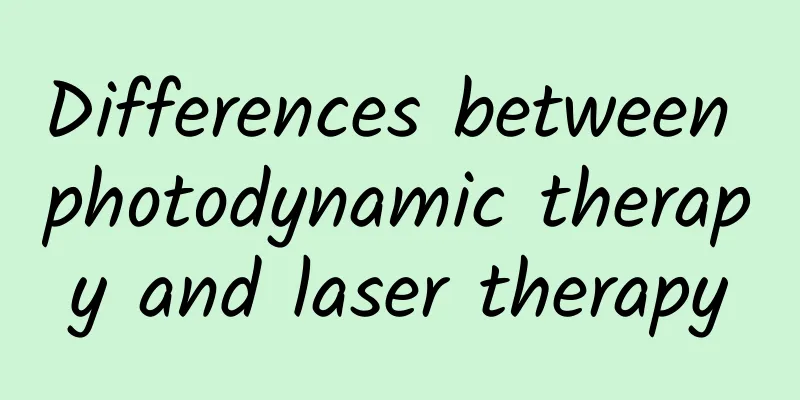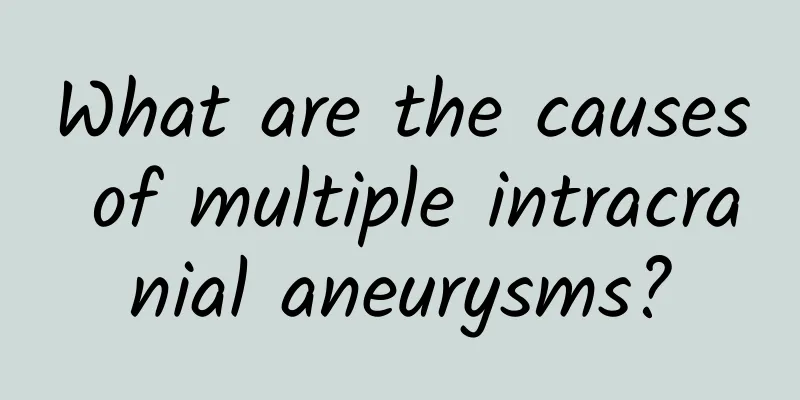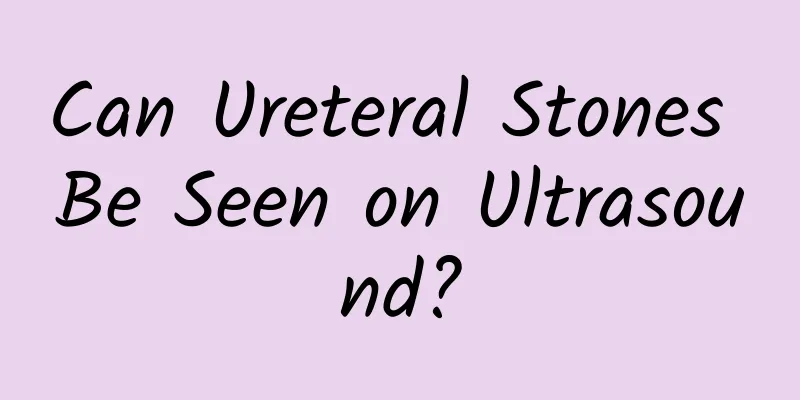Differences between photodynamic therapy and laser therapy

|
Photodynamic therapy and laser therapy are two common medical treatments that differ significantly in their treatment principles and applications. In simple terms, photodynamic therapy (PDT) is a treatment method that combines photosensitizers with light of a specific wavelength, while laser therapy directly uses lasers to achieve therapeutic effects. The core of photodynamic therapy is a photosensitizer, a drug that can be activated by light of a specific wavelength. Patients usually need to take or apply this photosensitizer topically before receiving treatment. After a period of time, when the photosensitizer reaches a certain concentration in the body or skin, the doctor will use light of a specific wavelength to illuminate the diseased area. This light interacts with the photosensitizer to produce a reactive oxygen molecule, which destroys the diseased cells. Photodynamic therapy is often used to treat skin cancer, certain types of visceral cancer, and some non-cancerous diseases such as macular degeneration. Its advantage is that it causes less damage to normal tissue and has relatively few side effects. Laser therapy relies on the high energy and precision of lasers to act directly on target tissues. Lasers can selectively destroy diseased tissues while minimizing the impact on surrounding healthy tissues through different wavelengths and energy settings. Laser therapy is widely used in skin beauty, eye surgery, tumor resection and other fields. The advantage of lasers is their high precision and immediate effect, which makes them suitable for medical situations that require quick treatment. In practical applications, photodynamic therapy and laser therapy each have their own indications and limitations. Photodynamic therapy requires patients to have good tolerance to photosensitizers and to avoid direct sunlight for a period of time after treatment to prevent skin damage. Although laser therapy has a rapid effect, it may cause some short-term side effects, such as skin redness, swelling, itching, etc. Both treatments have their own unique advantages, and the choice of treatment depends on the patient's specific condition, physical condition, and doctor's advice. Both photodynamic therapy and laser therapy are important means of modern medicine, helping patients effectively solve various health problems. I hope this article can help you better understand the difference between photodynamic therapy and laser therapy, and provide some reference for your health decision-making. |
<<: What does low blood urea mean?
>>: What is the cause of high total bilirubin?
Recommend
Symptoms of acute urethritis in women: blood in urine
The symptom of hematuria in women with acute uret...
How to treat hypertrophic laryngeal mucous glands
The treatment of hypertrophic laryngeal mucous gl...
Will anal abscess heal itself in pregnant women?
Perianal abscesses in pregnant women usually do n...
Can I drink coffee if I have breast cyst?
It is not recommended to drink coffee when you ha...
Causes of perianal abscess during pregnancy
The formation of perianal abscess during pregnanc...
How much does X-leg surgery cost?
The cost of X-leg surgery is usually between 30,0...
What foods and fruits should I eat for breast cysts
Breast cysts are generally benign breast lesions,...
Breast fibroids treatment
Breast fibroadenoma is a common benign breast tum...
2-Hydroxyglutaric aciduria
2-Hydroxyglutaric aciduria is an inherited metabo...
Things not to eat when you have breast cysts
Patients with breast cysts need to limit high-fat...
How to drain pus from perianal abscess
After a perianal abscess ruptures, it needs to be...
Can I apply heat or cold to an anal abscess?
It is generally not recommended to use hot or col...
How to treat multiple breast cysts best
The best treatment for multiple breast cysts incl...
Can I drink soy milk and soy products if I have breast cysts?
Patients with breast cysts can generally drink so...
What is the best diet for breast cysts?
Patients with breast cysts should pay attention t...









